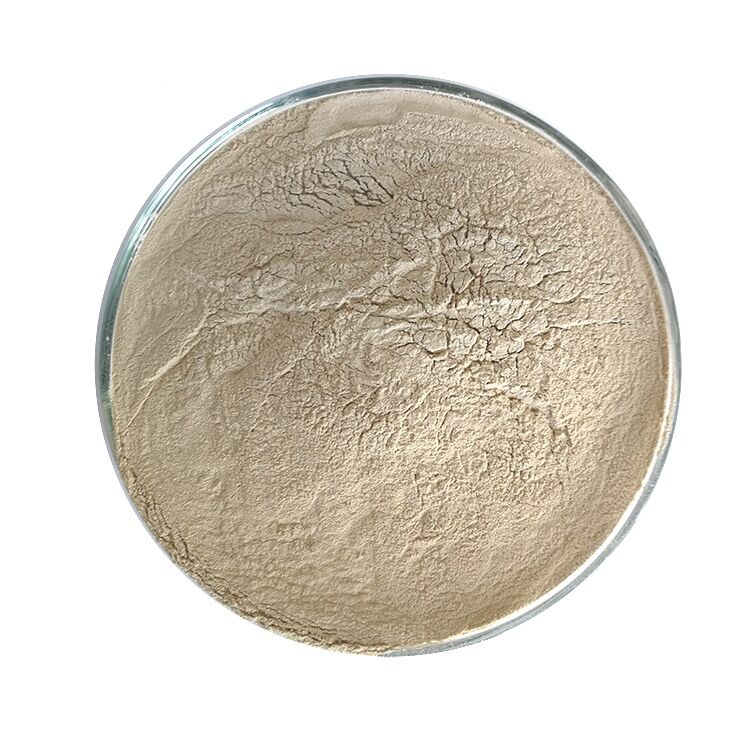Amino acid aplication on plants was very popular years ago, but lately there is an small decline of this fertilization. As at same time that amino acid fertilization decreased, the use of phytoregulators (brasinolides, triacontanol, etc.) seems to increase. Of course, in fertilitzation also there are fads/trends, and may be what happened is that, now, farmers prefers to obtain the crop stimulation effects with phytoregulators, because in terms of application and price, it could be cheaper.

But possibly it would be need to think about it, because the amino acids feed the plant and improves its biochemical processes, meanwhile phytoregulators acts strictly as stimulants. In order to understand, it could be like if we eat an steak or we only drink a coffe. Both enhances our activity, but only one of them feed us, with a clear difference at medium – long term.
All profesionals know the fertilizer effect of amino acids, but let’s remember it with an example:
“Evaluation of an Amino-Acid-Based Fertilizer for Grow-In of Creeping Bentgrass Putting Greens“, from Trygve S. Aamlid, Agnar Kvalbein, and Trond Pettersen, published at Crop Science
Turfgrass grow-in on sand-based putting greens usually incurs a high risk for nitrogen (N) leakage. The assay objetive was to evaluate how substitution of a standard mineral fertilizer with an amino-acid-based fertilizer affects creeping bentgrass (Agrostis stolonifera L.) establishment rate and the concentration of nitrate and total N in drainage water. The experiment was conducted from 19 May to 26 July 2016 in the United States Golf Association green field lysimeter facility at Landvik, Norway. The liquid fertilizers arGrow Turf (70% of N as arginine and 30% as lysine) and Wallco (60% of N as nitrate and 40% as ammonium) were applied at ∼2-wk intervals at the two rates of 1.5 or 3.0 g N m−2 application−1.
Results showed significantly faster grow-in on plots receiving amino-acid-based fertilizer than on plots receiving mineral fertilizers; the average turfgrass coverage 26 d after the first fertilization was 75 and 36%, respectively. In parallel with this, the average concentration of nitrate and total N in drainage water, as well as the total N loss, were all reduced by 40 to 45%. Arginine and lysine at 1.5 g N m−2 gave faster grow-in than Wallco at 3.0 g N m−2 and was the only treatment in which the drainage water complied with EU’s requirements for maximum concentration of nitrate in drinking water.
Beside, herein there are two reports referring to enhancing action of amino acids on crop fertilization:
«Effect of Amino Acid Fertilization on Nitrate Assimilation of Leafy Radish and Soil Chemical Properties in High Nitrate Soil», from Xing‐Quan Liu , Kwang‐Yong Ko , Sung‐Hun Kim & Kyu‐Seung Lee, published at Communications in Soil Science and Plant Analysis
The assay wanted to investigate the corresponding uptake and assimilation of nitrate (NO3 −) in leafy radish and effects on soil chemical properties by foliar application of amino acid fertilizer (AAF).
The activity of the enzymes related to the process of NO3 − reduction (NR: nitrate reductase; NiR: nitrite reductase; GS: glutamine synthetase) and the content of NO3 −, total N, and the end products of this process (amino acids and proteins) were analyzed. The soils were sampled twice, and some chemical properties were analyzed.
The results of this study showed that application of AAF increased biomass production, and nitrogen (N) utilization in the treatment of a low rate of AAF increased 55% over the control. In addition, the activities of the enzymes were affected differently depending on applied rate of AAF. Furthermore, the NO3 − content was reduced 4–24%, and total N content was increased 14–32% by AAF treatments. Finally, application of AAF improved uptake efficiency of N from soil and prevented N loss by leaching.
«The effects of amino acids fertilization incorporated to the nutrient solution on mineral composition and growth in tomato seedlings», from A. L. Garcia, R. Madrid, V. Gimeno, W. M. Rodriguez-Ortega, N. Nicolas1 and F. Garcia-Sanchez, published at Spanish Journal of Agricultural Research
The research wanted to determine the effects on growth variables and leaf mineral concentration of tomato plants watered with nutrient solutions containing amino acids. Two separate experiments were then carried out to achieve this goal.
+ In the first experiment, plants were watered with seven different nutrient solutions consisting of half-strength Hoagland solution supplemented with single (Alanine, Serine, Phenylalanine, Tyrosine) or combined (Ala + Ser; Phe + Tyr) amino acids, each at 0.2 mM of concentration. The control nutrient solution did not have any amino acids added.
Relative to the control, growth variables were not affected by the presence of amino acids. In general, the mixture of Ala + Ser increased the leaf Ca2+ concentration, and the aliphatic amino acid treatments favoured an increase in leaf K+, Fe, Cu, and Mn concentrations. In addition, amino acids with hydroxyl groups in their structure, Ser and Tyr, increased Mg2+ concentration.
+ In the second experiment, the nutrient solutions were supplemented with 0.05 mM of the same amino acids (T1). Control plants were irrigated with amino acid-free nutrient solution (T0).
The concentration of Ca2+, K+, Mg2+, Fe, Cu, and Mn in the leaf also increased due the amino acids treatment. Chlorophyll contents in the leaves and amino acids compositions in the xylem sap and leaf water relation were also determined. In conclusion, the data reported in the two experiments point out that the application of amino acids to the nutrient solution has a beneficial effect on the leaf mineral status and on the chlorophyll concentration of the leaves.
Commertial: obtain biostimulants

